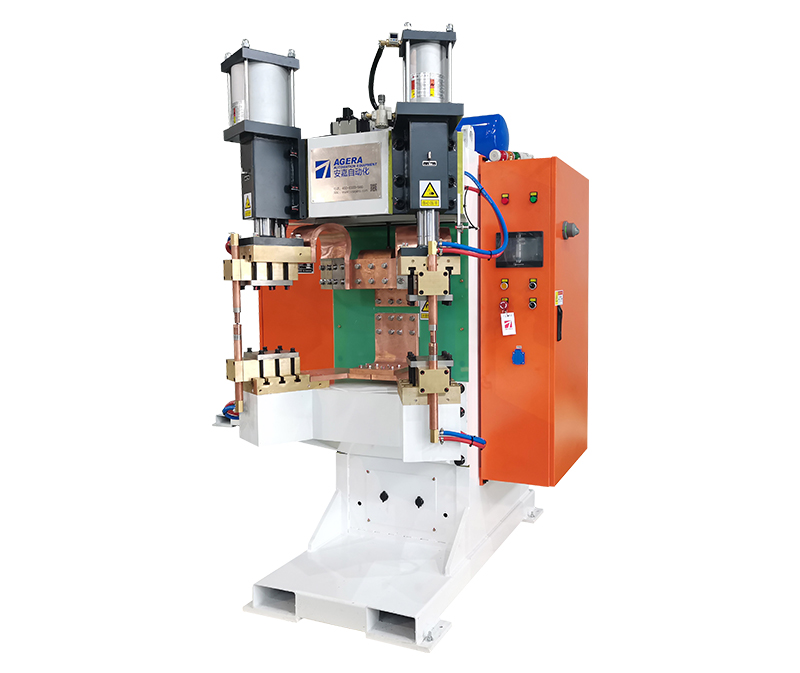Nut spot welding machines play a crucial role in various manufacturing processes, particularly in the automotive and construction industries. The quality of these machines directly impacts the quality of the welded joints and, consequently, the overall product quality. In this article, we will delve into the three key factors that influence the quality of nut spot welding machines.
- Welding Power Source: The welding power source is the heart of any spot welding machine, and its quality is paramount. The power source provides the electrical energy necessary to create the weld. It must deliver consistent and controllable current to ensure a strong and reliable bond between the nut and the workpiece. Inconsistent power can lead to weak welds, causing safety concerns and product defects.
Manufacturers should invest in high-quality power sources with advanced controls and monitoring systems. These systems allow for precise adjustments, ensuring the machine can adapt to different materials and thicknesses. Regular maintenance and calibration of the power source are also essential to maintain welding quality.
- Electrode Design and Maintenance: The design and condition of the welding electrodes are critical to achieving consistent and high-quality welds. Electrodes should be designed to exert uniform pressure on the nut and workpiece, promoting even heat distribution. Poorly designed or worn electrodes can result in uneven welds, causing weak joints and reducing the overall product quality.
Regular inspection and maintenance of electrodes are essential. Electrodes should be kept clean and free from contaminants, and any signs of wear or damage should be addressed promptly. Proper maintenance not only ensures consistent weld quality but also extends the lifespan of the machine.
- Material and Process Control: The choice of materials and the control of the welding process significantly influence the quality of spot welds. Different materials and thicknesses require specific welding parameters to achieve optimal results. Manufacturers must carefully select the appropriate welding parameters, including current, welding time, and electrode force, to ensure a strong and durable weld.
Additionally, proper preparation of the materials is crucial. Surfaces should be clean and free from contaminants like rust, paint, or grease, which can interfere with the welding process. Inadequate material preparation can result in poor-quality welds and compromised structural integrity.
In conclusion, the quality of nut spot welding machines is a critical factor in ensuring the integrity and safety of the products they are used to manufacture. By focusing on the welding power source, electrode design and maintenance, and material and process control, manufacturers can consistently produce high-quality spot welds, meeting industry standards and customer expectations.
Post time: Oct-23-2023



